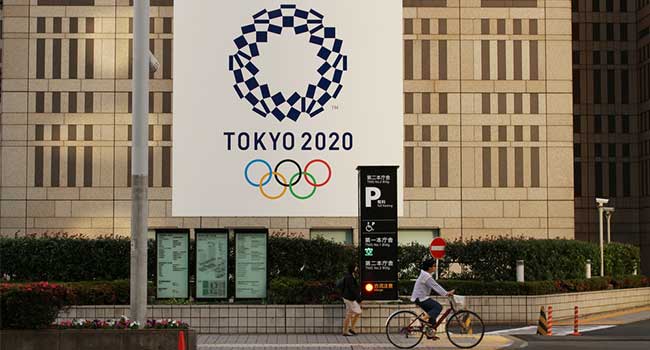
Facial Recognition to be Used at 2020 Olympics in Tokyo
A test last year showed gate checks using the facial recognition was more than twice the pace of the conventional system using x-ray with visual siting by security guards.
- By Sydny Shepard
- Aug 08, 2018
A facial recognition system will be used at an Olympic Games for the first time as Tokyo organizers work to keep security tight and efficient at dozens of venues during the 2020 Games.
The facial recognition technology will be customized to monitor every accredited person, including athletes, officials, staff and media, at more than 40 venues, games villages and media centers, Olympic and company officials said this week.
Local organizers said Tokyo will be the first Olympic host to introduce the face recognition technology at all venues. The system is expected to effectively eliminate entry with forged IDs, reduce congestion at accredited waiting lines and reduce athletes' stress under hot weather.
2020 Tokyo executive director of security, Tsuyoshi Iwashita, said that venues are spread within and outside of the capital and would be a big burden in achieving high levels of security.
"By introducing the face recognition system, we hope to achieve high levels of safety, efficiency and smooth operation at security check points before entry," Iwashita said, adding that the system would contribute to less stressful environment for athletes.
A test last year showed gate checks using the facial recognition was more than twice the pace of the conventional system using x-ray with visual siting by security guards.
The facial images of every person accredited for the Olympics and Paralympics will be collected after the approval process and stored in a database to be used to verify identities at accreditation check points.
About the Author
Sydny Shepard is the Executive Editor of Campus Security & Life Safety.